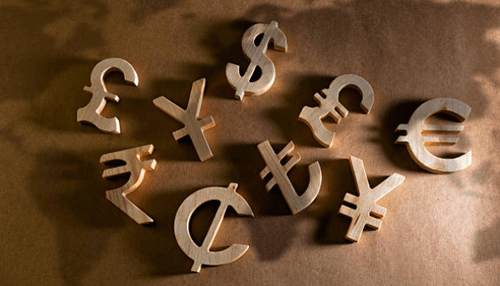By definition, foreign money exchange identifies the amount of money you will receive in your local currency for foreign currency. Most of the time, customers feel puzzled when they see the amount of money given at the cash exchange counter. The value is likely to be less, and there are a number of reasons behind this. If you wish to make the most, you need to be aware of the different types of foreign exchange rates.
In this post, you will read about the most commonly used exchange rates. Each of them have unique benefits and few loopholes.
So, let’s get started.
#1 Fixed exchange rate
This foreign exchange rate is also widely known as the pegged rate. It is often linked to a different asset or currency before the actual value is derived. This mechanism offers a high level of stability. Mainly because it is often linked to another currency with a stable value itself. Also, the fixed exchange rate will safeguard your funds from negative fluctuations.
Benefits: Countries that follow this type of exchange rates tend to attract more foreign investments. This can boost the overall economy of the country, and ensure its stability.
#2 Flexible Exchange Rate
This type of exchange is strongly influenced by the forces of demand and supply from the actual market. Economists tend to prefer this type of foreign exchange. Mainly because it absorbs a lot of global crisis and brings the currency systems to equilibrium. Many a time, the central bank of the nation would interfere and use flexible exchange rates to control the fluctuation of the currency. This is also known as managed float.
Benefit: The rates are often determined by a self-sufficient method. It is controlled by legal entities, making the operations much more efficient and robust.
#3 Forward Rate
The forward rate shot to fame with the forward contract. Well, both these terms are strongly related to one another. The forward rate tends to stipulate the sale or purchase of a foreign currency at a predetermined value. The value is often captured from a future date. The forward contract proves to be useful for importers and exporters. Mainly because they are exposed to the fluctuations in the forex market. The forward rate is strongly influenced by the discount, or premium on the spot price.
Benefit: This type of foreign exchange rates can help in freezing the actual value for both parties. As a result, there is very little scope for uncertainty.
#4 Spot rate
The spot rate represents the actual exchange rate, on a specific date and time for a given currency. If you choose to convert the currency at the very moment, you will be offered this rate in exchange. Most of the time, this is also known as the right now currency. It is used to identify day to day foreign currency exchange. Of course, the value is likely to differ from one day to another. The difference is usually expressed in the form of points.
Benefit: You don’t need to engage in statistical analysis, or mathematical debugging to understand what the spot rate is.
#5 Dual exchange rate
The last in our list of foreign exchange rates would be dual exchange. This system tends to maintain two values for the rate. One would be the value given during foreign transactions. And, the other would be offered during domestic transactions. These systems are often used by countries that are transitioning from a different currency protocol. With dual exchange rate, the transition will be smooth and efficient.
Benefit: The government has a good amount of control over the exchange rate.




